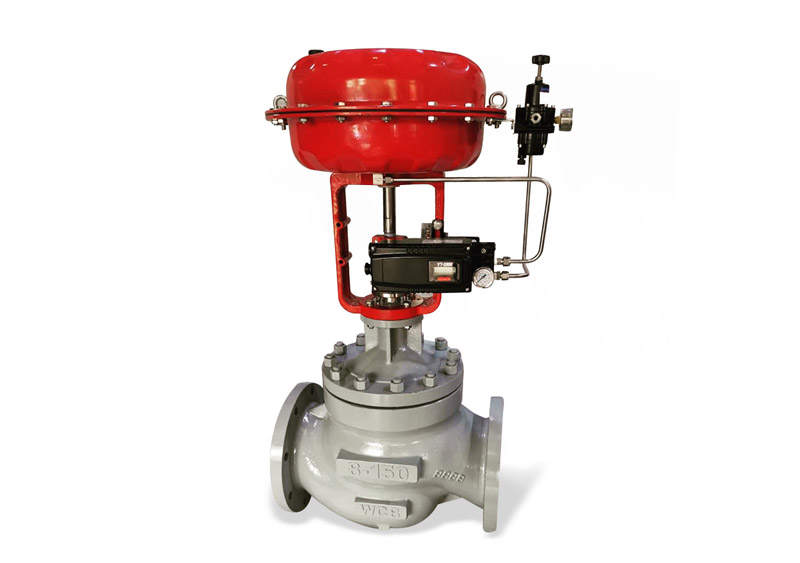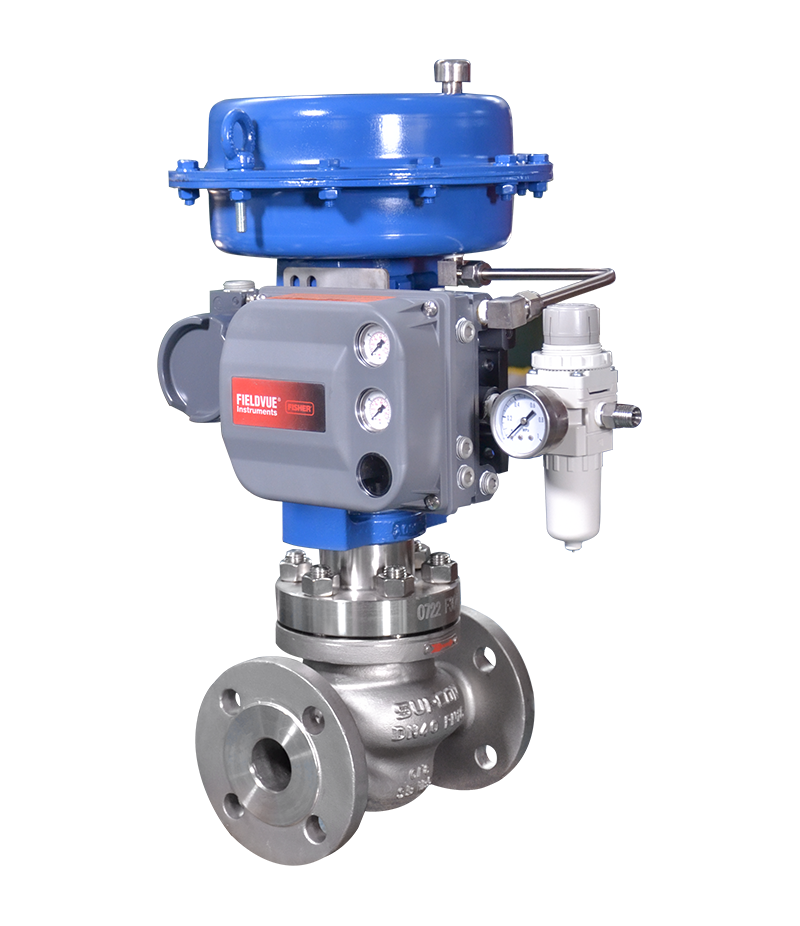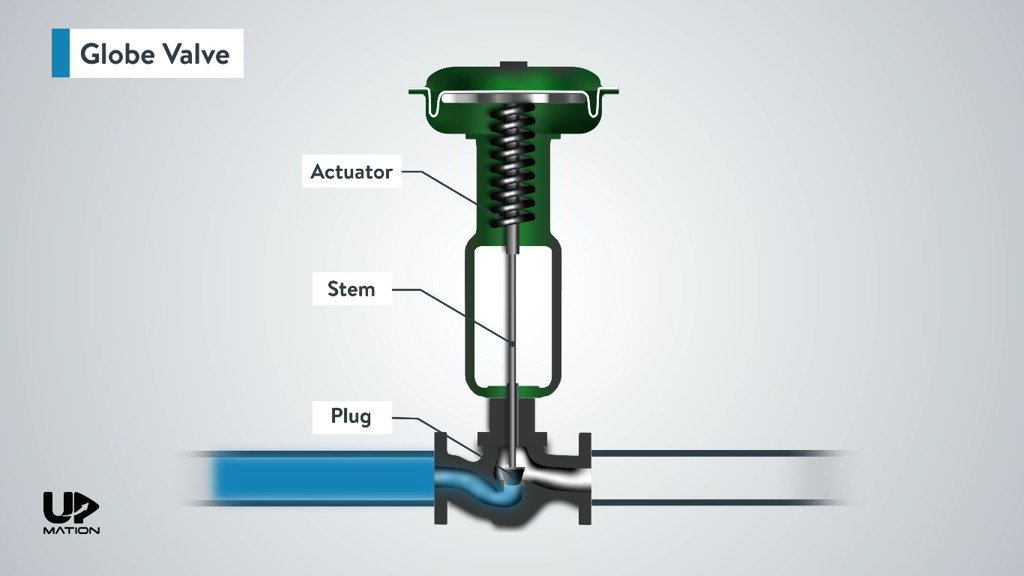Effective Control Valves: Key Components for Efficient System Management
Effective Control Valves: Key Components for Efficient System Management
Blog Article

Maximize Power Financial Savings and Comfort With Advanced Building Automation Controls
In the realm of modern-day design and facility monitoring, the assimilation of sophisticated building automation manages stands as an essential development. By using the power of automation, buildings can adjust, respond, and advance in means that were when unimaginable.
Power Effectiveness Perks
Power performance benefits can substantially minimize power usage and operational expenses in structures. By carrying out energy-efficient methods and innovations, structure owners and operators can accomplish significant cost savings while likewise adding to environmental sustainability. Among the main advantages of improving energy efficiency in structures is the reduction of energy costs. Energy-efficient systems, such as advanced structure automation controls, can maximize the usage of sources like lights, air conditioning, and home heating, resulting in lower power expenditures over time.
Additionally, improved energy effectiveness can extend the life-span of building equipment and systems. By operating much more effectively, heating and cooling systems, lighting fixture, and various other building parts experience less deterioration, resulting in minimized upkeep and replacement expenses. Additionally, energy-efficient buildings frequently regulate higher building worths and rental rates, offering long-term monetary benefits to owners.
Moreover, power performance can improve owner comfort and performance. Properly managed interior settings with ideal illumination and thermal conditions create a more pleasurable and helpful work space, causing boosted worker contentment and efficiency. On the whole, the power performance advantages linked with sophisticated structure automation controls are diverse, including expense savings, ecological stewardship, and owner health.
Boosted Convenience Control
Enhancing convenience control in building environments requires an advanced integration of advanced automation systems for optimal occupant wellness. By using sophisticated building automation controls, facilities can tailor the interior setting to satisfy the certain needs and choices of occupants. control valves.
By including these advanced controls, structures can not only enhance comfort however likewise improve energy effectiveness by maximizing system operations based on actual tenancy and use patterns. Eventually, focusing on passenger convenience through sophisticated automation systems leads to a more satisfying and healthier interior atmosphere.
Functional Efficiency Improvements

Furthermore, the execution of real-time monitoring and analytics tools allows building drivers to identify power inadequacies and operational anomalies immediately. By constantly checking energy use patterns and system performance metrics, modifications can be made in real-time to maximize power usage and guarantee peak operational effectiveness. control valves. Furthermore, integrating demand response methods into structure automation controls can additionally improve operational performance by dynamically adjusting power usage based check over here on grid conditions and rates signals
Indoor Climate Optimization
Efficient indoor climate optimization is an essential element of structure automation controls, ensuring owners' convenience and well-being while making best use of power financial savings. By making use of advanced sensors and controls, developing automation systems can continuously readjust and keep an eye on temperature level, humidity levels, air quality, and air flow to produce an optimal indoor setting. Keeping comfy and regular problems not just boosts occupant satisfaction however also improves performance and overall health.
Indoor climate optimization likewise plays a crucial role in power performance. By fine-tuning heating, air conditioning, and ventilation systems based on real-time data and occupancy patterns, developing automation controls can substantially lower power usage - control valves. As an example, applying strategies such as demand-controlled air flow and thermal zoning can help lessen power waste while ensuring that each location of the structure receives the essential conditioning.

Sustainable Environment Development
Structure automation manages not only maximize interior environment conditions for energy efficiency and resident convenience yet likewise lay the structure for developing a sustainable atmosphere via tactical management of systems and sources. By incorporating advanced structure automation innovations, such as sensing units, actuators, and intelligent software application, centers can monitor and readjust energy use in real-time to decrease waste and decrease check here their carbon impact. These systems allow predictive upkeep, identifying potential issues prior to they escalate and optimizing equipment efficiency to enhance longevity and efficiency.
Additionally, sustainable atmosphere development expands beyond energy monitoring to include water conservation, waste decrease, and indoor air quality improvement. Structure automation controls can control water use, discover leaks, and make certain proper waste disposal techniques, adding to general sustainability initiatives. In addition, by keeping track of and managing ventilation and filtering systems, these innovations enhance resident health and efficiency while reducing energy consumption connected with a/c procedures.
Verdict
In verdict, progressed building automation manages offer considerable advantages in regards to power savings, comfort control, functional efficiency, indoor climate optimization, and creating a sustainable environment. By carrying out these controls, buildings can attain ideal performance while reducing power usage and improving resident site here comfort. It is noticeable that using sophisticated automation technology is essential in enhancing structure efficiency and producing an extra sustainable future.
Power effectiveness advantages can significantly minimize energy usage and operational costs in buildings. Generally, the power performance benefits linked with sophisticated building automation controls are complex, incorporating price financial savings, ecological stewardship, and passenger health.
Additionally, including need reaction strategies right into building automation controls can additionally boost functional effectiveness by dynamically changing energy use based on grid problems and prices signals.
Building automation controls not just optimize interior climate problems for power effectiveness and passenger comfort but likewise lay the foundation for producing a lasting environment through critical management of sources and systems.In final thought, advanced structure automation manages offer substantial benefits in terms of power financial savings, convenience control, functional effectiveness, interior environment optimization, and creating a sustainable setting.
Report this page